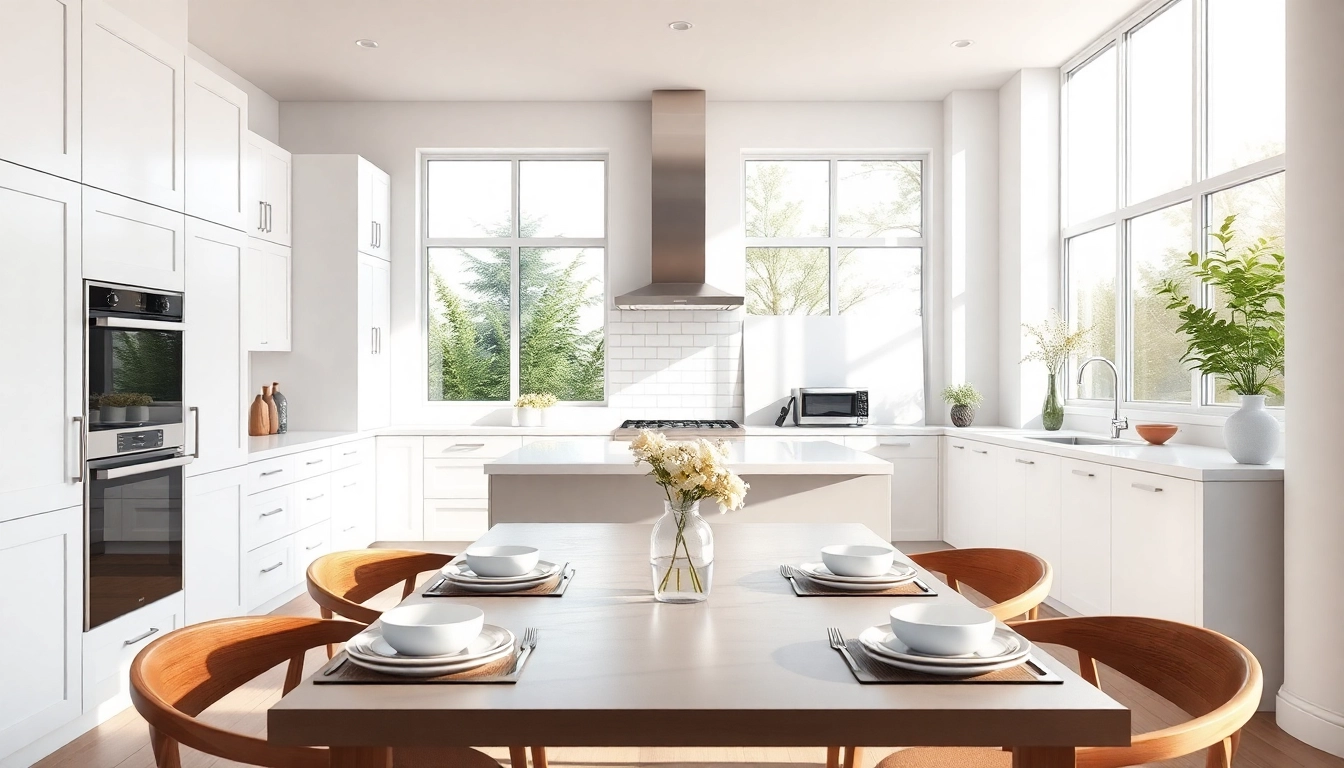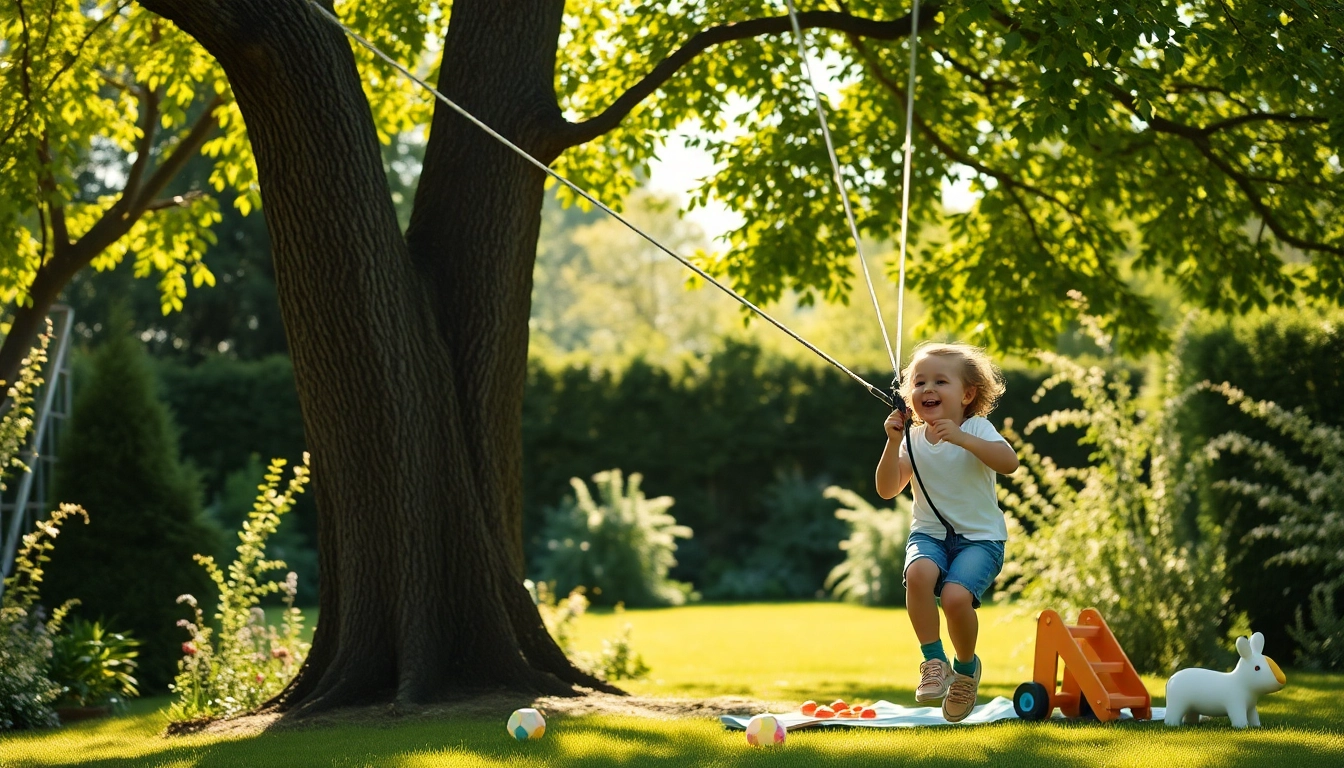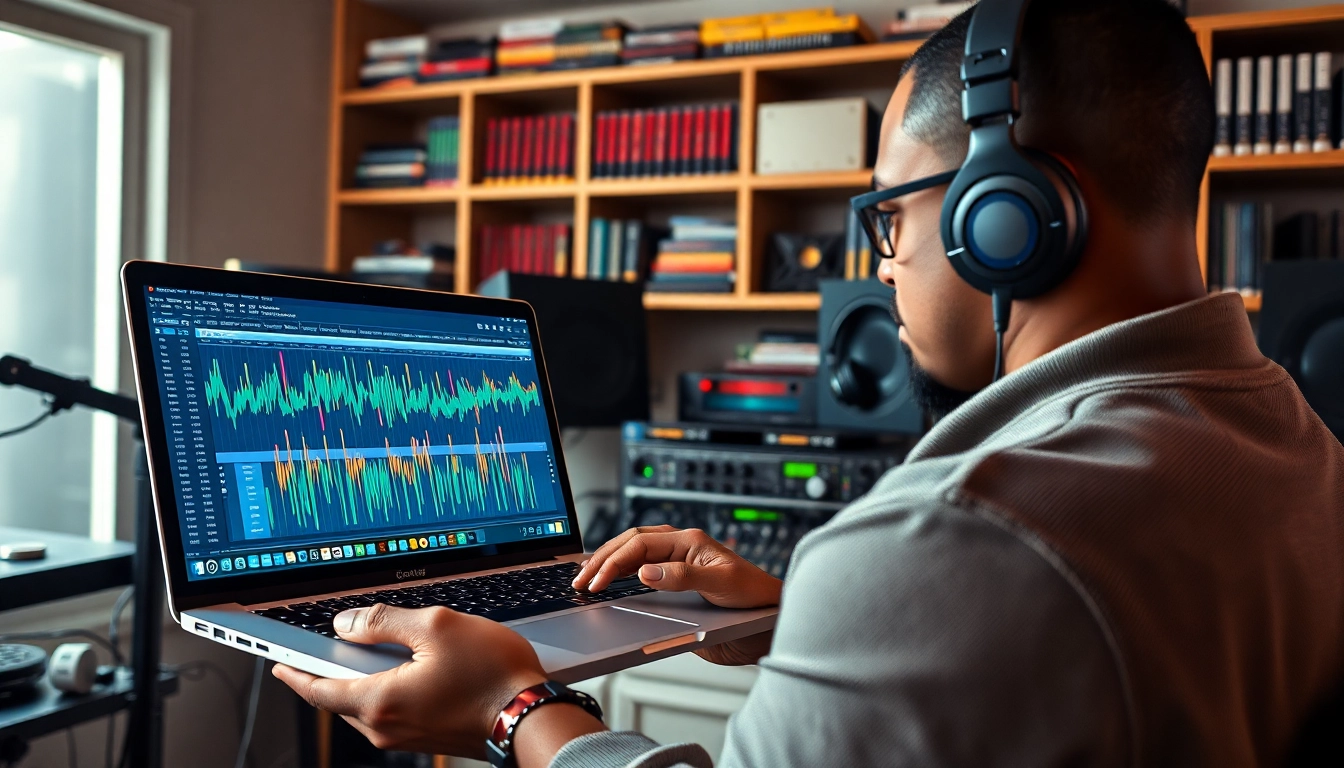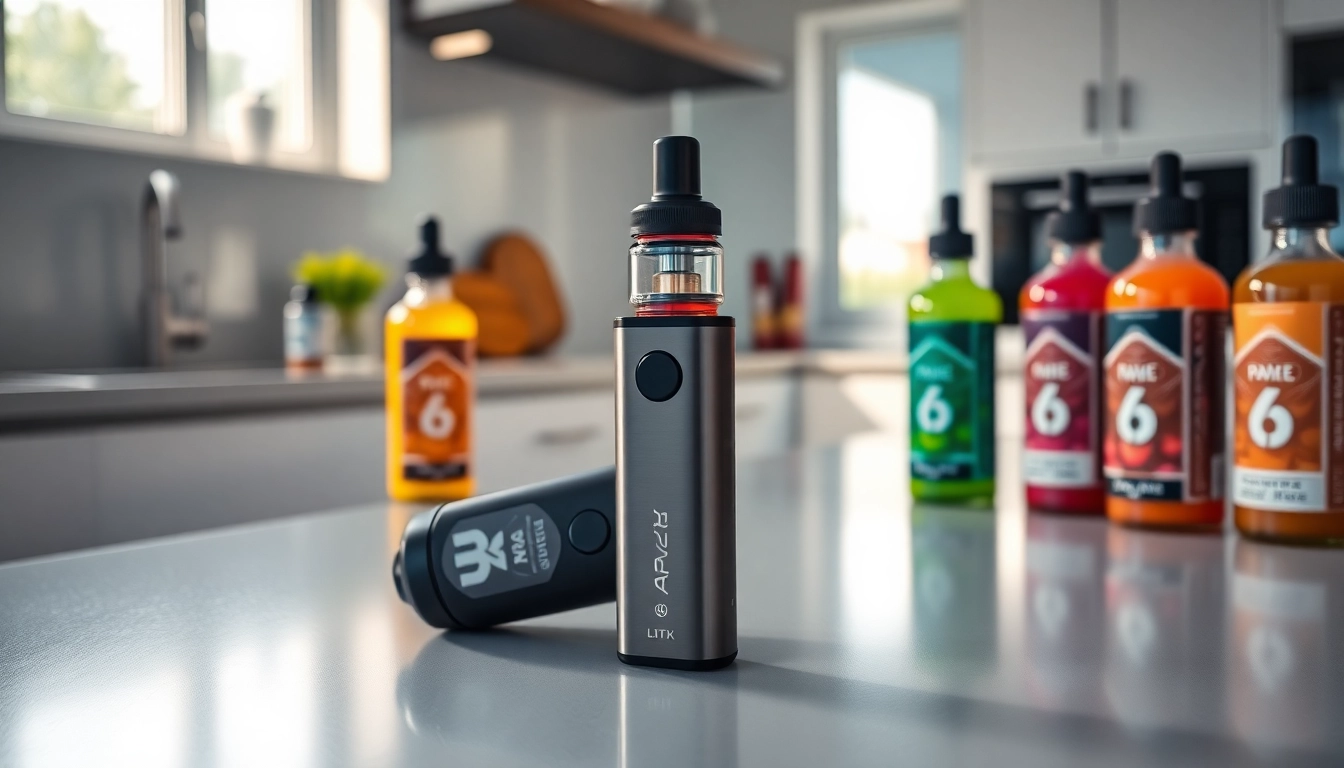
Understanding Folding Partition Walls
What is a Folding Partition Wall?
A Folding Partition Wall is a dynamic space management solution that allows for rapid reconfiguration of environments to accommodate changing needs. These walls are designed to effortlessly fold and unfold along a track, providing the versatility to create separate spaces or open up larger areas as needed. They are typically constructed from lightweight materials such as acoustic panels and frames, making them easier to handle while offering substantial functionality.
Commonly seen in commercial, educational, and residential settings, folding partition walls serve multiple purposes—from altering office layouts for meetings to dividing classrooms for various activities. With diverse aesthetics and functional features, they can be customized to fit unique spaces and design preferences.
Benefits of Using Folding Partition Walls
The benefits of incorporating folding partition walls into a space are vast and impactful:
- Flexibility: Folding partition walls can easily be adjusted to suit the requirements of a space at any given time. This adaptability is crucial for businesses that require movable space configurations.
- Acoustic Control: Many folding partitions offer soundproofing features, making them perfect for settings where privacy is critical, such as offices and studios.
- Cost-Effectiveness: Compared to traditional construction methods, folding partition walls can be a more affordable option for creating dynamic spaces without the need for permanent alterations.
- Efficient Use of Space: They maximize available square footage by allowing easy expansion or contraction of usable areas based on current needs.
- Rapid Installation: Folding walls can often be installed far quicker than traditional walls, saving time and reducing disruption to business operations.
Common Materials and Design Options
Folding partition walls are available in a variety of materials, including:
- Melamine Finished Panels: Durable and low-maintenance, melamine panels are popular for office settings because of their professional appearance.
- Glass Panels: These options contribute to an open and airy feel while maintaining necessary separations, common in modern workplaces and meeting rooms.
- Fabric Solutions: Soft wall solutions can help absorb noise and improve acoustics while offering flexibility in design and fabric choices.
- Wood: Often favored for more traditional or upscale environments, wood partitions can add warmth and character to spaces.
Customization extends beyond materials; numerous design options include colors, textures, and configurations to ensure the partition wall aligns with existing decor and functionality needs.
Applications of Folding Partition Walls
Folding Partition Walls in Commercial Spaces
In the commercial realm, folding partition walls play an integral role in enhancing operational capacity. Whether in office environments, conference spaces, or retail locations, these partitions provide tremendous advantages.
For instance, in corporate offices, the need for versatile meeting spaces has surged, prompting many businesses to integrate folding partitions that can quickly divide large conference rooms into smaller meeting spots. This not only encourages collaborative work but also maximizes the utility of floor space.
Residential Uses for Folding Partition Walls
Folding partition walls have seen increasing popularity within residential settings. Homeowners leverage these solutions for various applications:
- Creating Guest Rooms: Folding walls can be installed to transform spaces seamlessly into guest accommodations, providing privacy without permanent alterations.
- Open-Plan Living: As more homes embrace open-plan designs, folding partitions facilitate the creation of defined areas within larger spaces, allowing for controlled social interactions when needed.
- Playrooms: Parents often use folding walls to create temporary playrooms that can be easily reverted back to their original living space.
Case Studies: Successful Implementations
Examining successful implementations of folding partition walls provides practical insights into their effectiveness:
- A University Classroom: A university employed folding partition walls to separate a large multi-use hall into classrooms during peak times, enhancing overall utilization and user experience.
- An Office Space: A tech company adopted these partitions to convert their large open-plan office into individual workstations, improving productivity and employee satisfaction.
- A Retail Store: A boutique utilized folding walls to create pop-up displays or seasonal product areas in otherwise common retail spaces, allowing for dynamic merchandising strategies.
Choosing the Right Folding Partition Wall
Key Factors to Consider
Selecting the right folding partition wall involves comprehensively evaluating specific needs and preferences, including:
- Purpose of Use: Identify how often the space will be reconfigured and the intended function of the partition.
- Acoustic Properties: If sound isolation is vital, consider partitions with enhanced acoustic properties for privacy protection.
- Size and Configuration: Measure the space to determine the appropriate size and configuration required for the wall.
- Material Selection: The wall material should be chosen based on durability, aesthetic preferences, and functional requirements.
- Budget: Set a clear budget to guide the selection process and ensure alignment with overall design goals.
Comparing Different Brands and Models
With numerous brands and models available on the market, comparing options is crucial. Factors that can assist include:
- Reputation: Look for brands with a strong reputation for quality and service.
- Warranty and Support: Consider products with comprehensive warranties and reliable customer service for peace of mind.
- Reviews and Testimonials: Read user reviews and testimonials to gain insights into performance and reliability from real-world experiences.
Cost Analysis and Budgeting
Before finalizing a choice, undertake a detailed cost analysis that encompasses:
- Initial Purchase Cost: Assess the upfront investment for the partition walls.
- Installation Costs: Factor in potential expenses related to installing the walls, including labor.
- Long-Term Maintenance: Consider ongoing maintenance needs, which can affect overall ownership costs.
Installation and Maintenance
Step-by-Step Installation Guide
Installing folding partition walls can vary depending on the complexity of the model, but a general step-by-step guide includes:
- Preparation: Clean the area and ensure measurements are accurate.
- Mounting Tracks: Install the track system that supports the folding mechanism, ensuring it is level and secure.
- Attach the Panels: Securely attach the panels to the tracks, verifying they are aligned correctly.
- Test the Operation: Before finishing, test the sliding mechanism to ensure smooth operation.
- Finishing Touches: Add any necessary trim or finishing elements to blend the partition with existing decor.
Routine Maintenance Practices
To ensure longevity and optimal performance of folding partition walls, routine maintenance should include:
- Regular Cleaning: Dust and clean the materials to maintain aesthetic appeal without damaging them.
- Track Inspection: Periodically inspect tracks and mechanisms for wear or misalignment.
- Lubrication: Apply appropriate lubricant to moving parts to prevent friction and ensure smooth operation.
Troubleshooting Common Issues
Despite their benefits, folding partition walls can encounter issues. Below are common problems and suggested solutions:
- Sticking Panels: If panels stick during operation, check for debris in the tracks and clean or realign as necessary.
- Misalignment: If panels appear crooked or misaligned, adjustments may be needed in the suspension system or track alignment.
- Noise During Operation: If the wall produces noise during movement, ensure lubricants are applied and tighten loose components.
Maximizing the Benefits of Folding Partition Walls
Design Tips for Effective Space Utilization
To maximize the utility of folding partition walls, consider these design tips:
- Color Coordination: Choose colors that complement existing decor for a cohesive look.
- Lighting Considerations: Ensure that lighting works harmoniously with the space design for both functionality and aesthetics.
- Furniture Arrangement: Arrange furniture to complement the flexible nature of partition walls, allowing for quick reconfiguration as needed.
Innovative Ideas for Customization
Innovations in folding partition walls can enhance their functionality and aesthetic appeal. Ideas include:
- Custom Graphics: Utilize printed fabric or wall coverings that feature custom artwork or branding for businesses.
- Integrated Technology: Incorporating technology like monitors or presentation tools can turn a partition into a multi-functional workspace.
- Modular Additions: Design partition walls with modular components that allow for additional features like shelving or hooks to further maximize convenience.
Performance Metrics and Success Tracking
Tracking the performance of folding partition walls can help in understanding their effectiveness. Metrics to consider include:
- User Satisfaction: Regular feedback from users on convenience and functionality can help refine space designs.
- Space Optimization: Measure the frequency and efficiency of space changes within a given timeframe to evaluate utilization rates.
- Cost-Effectiveness: Monitor the overall costs associated with installation, use, and maintenance against the value generated from enhanced space flexibility.







